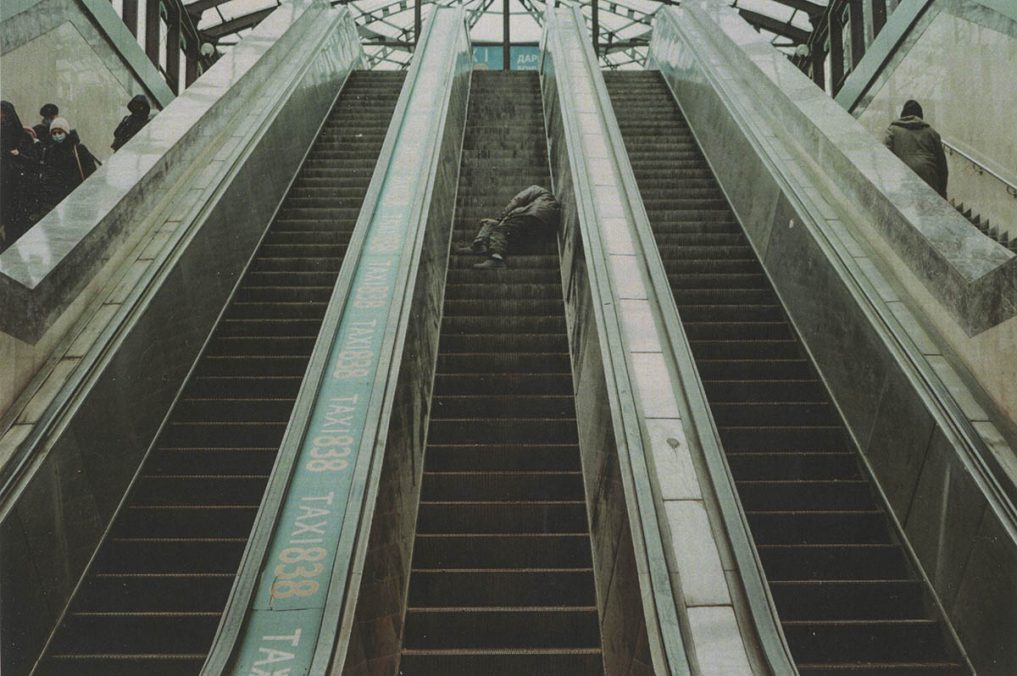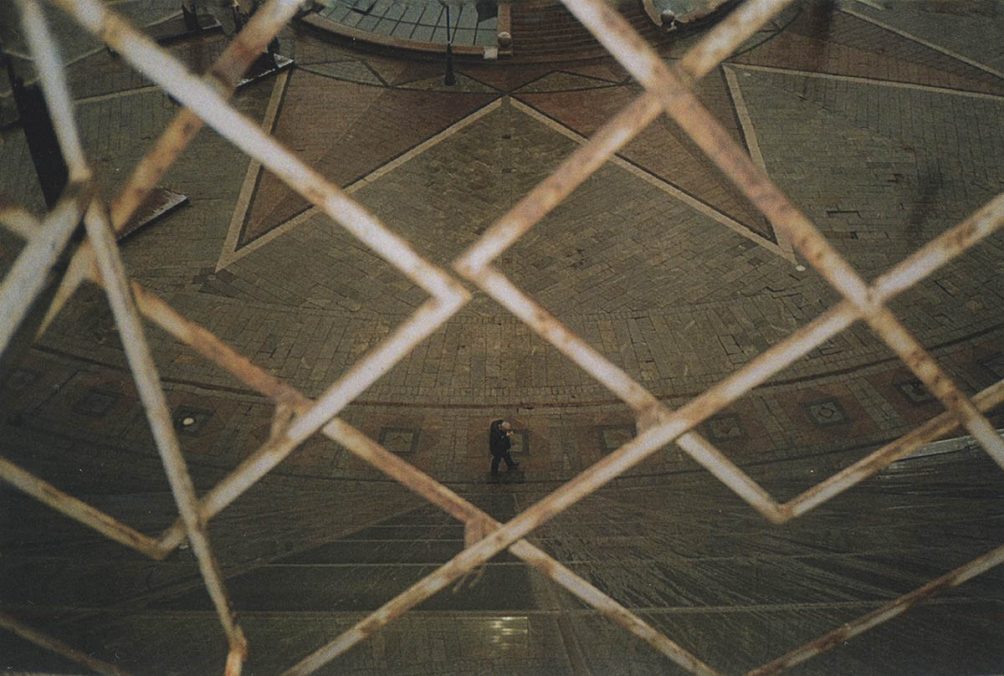When were you first contacted with art? Are there any artists in your family?
Although I perceive many things in life as art, I think I was about six or seven years old when we are talking about photography. The story itself is quite banal: a family evening with relatives gathered at a common table, and my father brought a film camera to capture the occasion. Interested, I took the camera to play with it.

While taking some shots for fun during the evening, when people were caught off-guard and weren’t posing, it was amusing to my young self to observe the contrast and variety across emotions, poses and the change of the atmosphere. Funny enough, later I got punished for „spoilling“ the film.
My father was an art collector himself, but considering drawing and photography were not lucrative and highly paid enough, he discouraged me from them. It was later in life, when I turned fourteen, that I received my first camera from my grandmother with words of encouragement about feeling the moment before capturing. Since then, I began viewing photography as a ghost of a moment that passed.







Why is photography the best medium to show your art?
Photography influences how I recognize my inner emotions and needs, helps to explore my desires, and shows what is hidden from the human eye. In general, it is one of the ways to understand who we are and how we feel in a certain period of time. With the world’s perception being determined largely by the things that we look at, we are looking for what we already anticipate we’ll see: things big and little, curious details, events that for some reason are outside our field of vision, fast or slow changes inside us. Currently, I observe it becoming an art form more and more popular. For me, it has no boundaries and is challenging to influence by its nature; it harmoniously permeates and influences our private and public life, social and fantasy life, including. The fact that photography has great potential in being a free form of self-expression and perception of the surrounding world through the prism of one’s own thoughts, ideas, and feelings is fascinating. And, although photography is my favourite form of self-expression, I’m also interested in digital art and cinematography, and plan to devote more of my time to it in the near future.
For me, it has no boundaries and is challenging to influence by its nature, it harmoniously permeates and influences our private and public life, social and fantasy life including.






Which topics do you cover?
I think this has already been mentioned earlier, but I repeat that I would single out two main areas for myself: documentation and conceptual photography, which I create in both analog and digital versions. I’ll tell you more about them and the reasons for this choice. When I’m making documentation of something, whether it be everyday life in the city or some event, what I’m trying to do is to take a photograph not for something or someone, but about something or someone, thereby telling the history of the city (for example) with a series of photographs. These days, if you are outside of your home, you are in the cinema, whether you like it or not. Now, almost everyone can take a picture of anything, and the concept of „privacy“ is getting quite vague. I like to show ordinary life, especially in countries like Ukraine or Russia. Having grown up there, I have the opportunity to see what has changed over the years and what has remained the same every time I go visit. I understand the people living there well, and with the help of photography, I manage to document important aspects in the process of exploring cities or observing how life there goes on. Every image includes a story, a narrative, a life of its own, and what we see is influenced by our individual perceptions and perspectives at a given point in time. One place has many variations on how it can be photographed. I’m just sharing mine through my lens of perception. It’s not about a document that I’ve done, it’s much of what I decided to do. Same with conceptual photography: whether I’m fighting for justice and equality, seeking for harmony or reassurance, searching for intimacy or trying to visualize concepts of beauty, happiness, human qualities, behaviour of society, expressing the reactions to certain events in the world, photography plays a pivotal role in this quest.







Sexology. How far should we go for art?
I find it very difficult to answer this question, because I believe that there should be no boundaries in art and every person should have freedom of expression. I cannot judge how far, because “far” and “too much” are subjective concepts, created by society to control individuals and make rules of behaviour, which are not relevant, since there is no “right” answer or the only „right“ way. Such concepts are either absent or differ for each person for a number of reasons. The question „Sexuality or vulgarity“ has been discussed for centuries, and the answers to it are always different, so I would not focus on any public opinion in creating art that comes from my soul. These thoughts remind me of the work that Barbara Kruger created in 1989: „Your body is a battleground“, she says about this work:
I’m fascinated with the difference between supposedly private and supposedly public and I try to engage the issue of what it means to live in a society that’s seemingly shock-proof, yet still is compelled to exercise secrecy.
The real life is…
Here and now. Just stop, look around, and feel the fullness of this moment. Being around and within us, for me personally, life is not about finding meaning, but about the process itself.



What could Vienna learn from Kiev?
Ukraine is a young country that has gone through many changes, fighting for justice, equal rights, and opportunities for all people. If we are talking about Kyiv, as soon as you arrive there, you immediately feel that the city is saturated with the spirit of revolution, innovative ideas, and the desire to fight to the end, defending its ideas. People are burning with their ideas and art that they create, and anyone who comes can feel the warmth of this fire. The art in Ukraine is youthful and curious, and the creators support each other in the struggle for common goals. It seems to me that this spirit of rebellion, revolution, and thirst for change has incredible energy that energizes, inspires, and supports everyone. I think art can infect and ignite sparks inside other people, give hope and strength to move forward, inspire others, and give old ideas a new meaning. Awakening the most subtle strings of the soul – I think this is worth learning. We only need to learn to complement each other, thereby creating unique things.
Xenia Snapiro – www.xeniasnapiro.com, www.instagram.com/xeniasnapiro/






